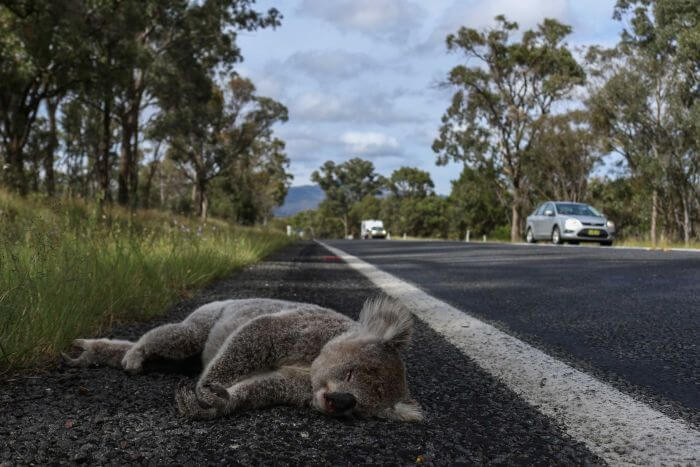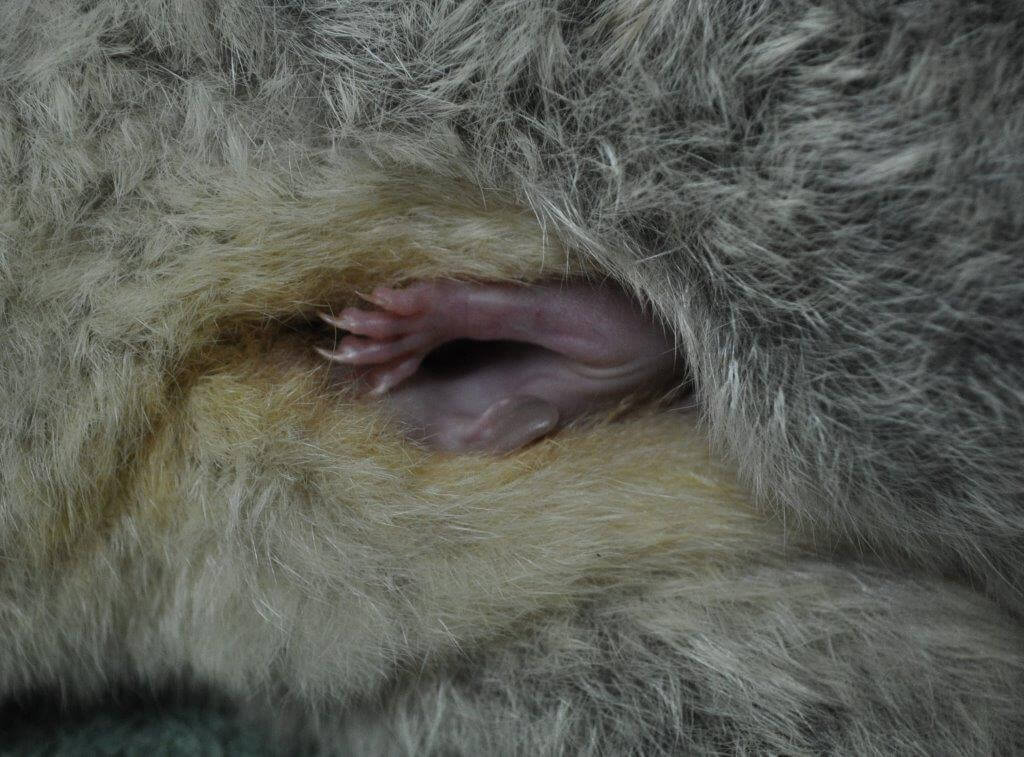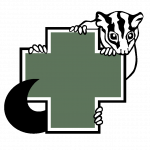RESCUE ADVICE
Pouch Checking Guide
Sadly every year thousands of native animals fall victim to collisions with vehicles. Many are not killed instantly and without the assistant of passers-by, can endure hours if not days of suffering. Australia is home to many species of marsupials that carry young in their pouch for many months after birth so a large proportion of female marsupials will also be carrying a joey.
We can dramatically reduce the road toll and suffering of wildlife simply by performing a ‘pouch check’ on any dead animals that we encounter. Joeys are well cushioned in the pouch and will often survive an accident that kills its mother, only to die of starvation, dehydration, cold or eaten by ants. Joeys have been known to live for up to 5 days in the pouch after the mother has died and many stand a good chance of survival in the care of experienced wildlife carers – but only if we find them in time.

Checking A Pouch
Step 1: Your personal safety is paramount
Ensure your car is off the road and you are not stopped in a dangerous place. Put your headlights and hazard lights on. When it’s safe to do so, move the animal off the road by gripping it at the base of the tail and dragging it. Moving it off the road is for your own and other drivers’ safety, but also prevents scavenging wildlife from also being hit.
Step 2: Check the sex
If it’s female:
- Locate the pouch
- Most female marsupials have a small pouch opening around belly button level on the tummy. Place your towel or pouch at the entrance of the pouch incase the joey tries to escape.
- Open the pouch and look right down to the bottom
- Whilst grasping the skin with your hands, lift and stretch the opening of the pouch so that you can see inside. Search thoroughly all the way to the bottom, as newborns are very small.
If it’s male:
If it is male, spray paint it (if you have some) with a large cross to indicate that it has been checked, so other wildlife rescuers don’t stop unnecessarily.
Step 3: Check the pouch
If there is a joey:
The method for removing a joey from a pouch depends on the age of the joey:
Very young ‘hairless or pink’ joeys
A very young joey may still be fused to its mother’s teat. If the joey is attached, it is best to transport the whole body of the mother to your nearest Vet or call the Wildlife Rescue Hotline 0418 628 483, and they will advise you of next steps. Pulling the joey off the teat can cause serious injury to its mouth.
Older ‘furred or velvet’ joeys
Older joeys have soft fur and won’t be ‘attached’ to the teat. Gently remove the joey from the pouch, never forcefully. You may need to cut the pouch entrance open a little with round tipped scissors if it is hard to get access. Shield the joey from the scissors by sliding your hand between the joey and the pouch wall. The joey may cry out which is just a defensive reaction to the stress.
Don’t pull a joey out by a limb or its tail. Instead, scoop it out using your palm along its back, and put it directly into the pillowcase or pouch you have.
If there is no joey:
Check the teats of the mother. If one teat is longer than the other, the mother might be feeding a joey that has jumped away and could still be nearby. Check around the area for the youngster and stay quiet for 10 mins and listen for a squeaking noise. If you do find a joey, attempt to contain it and see Step 4.

Step 4: Keep it warm, dark and quiet
You can use your body heat to keep the joey warm by placing it down your shirt (inside the pillowcase). Extra layers of soft towel or blanket can be added to make it comfortable for your skin. Take the joey to the nearest vet or call your local wildlife carer for advice on where to go. Make sure the journey is warm, dark and quiet to minimise stress.
Please don’t give any food or fluids (including water) to a sick, injured or orphaned animal unless on vet advice.
